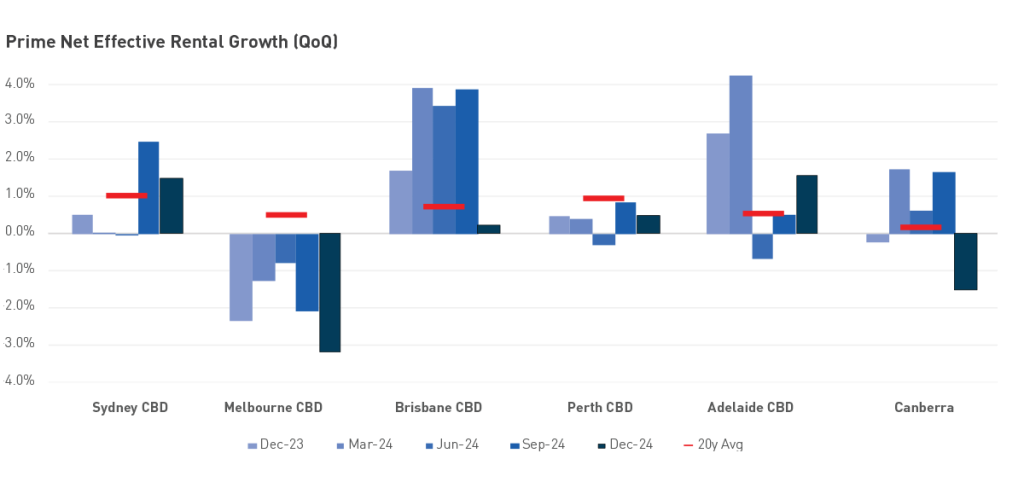September 2024 quarter ASX A-REIT market update
Stuart Cartledge, Managing Director, Phoenix Portfolios
Market Commentary
The S&P/ASX 300 A-REIT Accumulation Index rocketed higher during the September quarter, gaining 14.3%. Property stocks outperformed broader equities in the period, with the S&P/ASX 300 Accumulation Index adding 7.8%. During the quarter most companies in the property sector released their full year financial results to 30 June 2024. The solid results and upbeat outlook statements aided performance. The other (related) factor was the reduction in interest rates over the period. At the end of June, the 10 Year Australian Government Bond yield was 4.4%, however it ended September below 4.0%.
Traditional property fund managers were some of the strongest performers in the September quarter. The earnings of these companies are particularly sensitive to movements in interest rates. At current levels, property funds management product is once again in demand, with yield and expected internal rates of return (IRRs) which are appealing relative to fixed income products. Charter Hall Group (CHC) led the way, gaining 42.8%, as its earnings guidance for the next financial year surpassed the expectations of market participants. Centuria Capital Group (CNI) was also a meaningful outperformer, adding 26.7%, as it was carried by the same positive sentiment that drove CHC higher. Alternatively, Goodman Group (GMG) returned a respectable 6.4%, but underperformed the index as lofty expectations of future earnings growth were not met by the guidance provided at its annual financial result.
Shopping centre owners were also outperformers, as they produced solid results and presented earnings guidance that demonstrated resilience. Operating metrics, such as specialty sales and leasing spreads did diminish across the year, but some believe that a lower interest rate environment over the medium term and tax cuts in the short term are likely to lead to strong consumer spending and income growth for retail property owners. Vicinity Centres (VCX) was the major outperformer, moving 22.6% higher in the quarter. Scentre Group (SCG) also rose sharply, up 19.7%. The owners of smaller neighbourhood shopping centres saw more muted, but still strong performance, with Charter Hall Retail REIT (CQR) returning 14.9% and Region Group (RGN) lifting 9.0%.
Large capitalisation diversified property owners were also beneficiaries of the renewed enthusiasm from property securities. Stockland (SGP) rose 25.7%, aided by solid operational progress and the prospect of an improving market for the sale of new residential homes and land. GPT Group (GPT) also performed well, up 24.5%, with new CEO Russell Prout outlining his vision for a more capital efficient and higher return on equity (ROE) future for the business. Despite dropping on an underwhelming financial result, Mirvac Group (MGR) more than recouped its losses, finishing the quarter 15.0% higher.
Larger land lease retirement property owners were the major underperformers during the quarter. Lifestyle Communities (LIC) lost 31.8% as it was the subject of an ABC investigation, which suggested it was taking financial advantage of its customers. It has also been the subject of a short report, questioning its business model. Beyond this, it solely operates in Victoria, which is currently the weakest state in terms of house price growth and new home sales. This combination of factors forced the company to withdraw its sales guidance for the coming years. Ingenia Communities Group (INA) produced a solid financial result, albeit the quality of its earnings has been questioned. It underperformed the index but still lifted 6.5% in the period.










 How did the Cromwell Funds Management fare this quarter?
How did the Cromwell Funds Management fare this quarter?
















 About Stuart Cartledge
About Stuart Cartledge